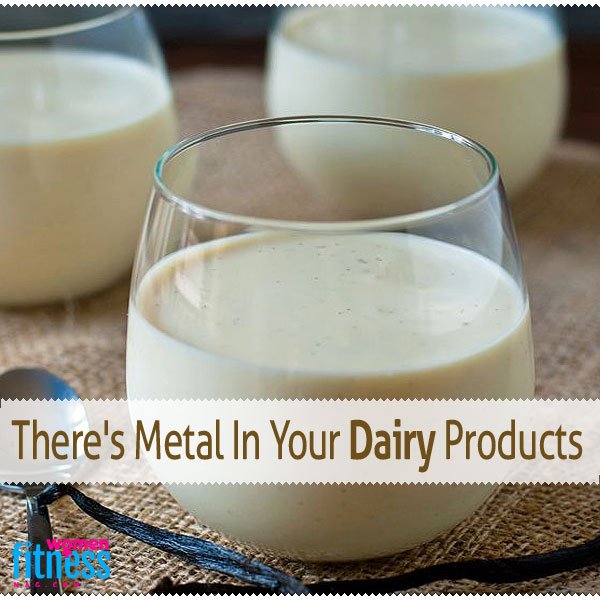How about a side of silver with your yogurt? According to a report by the Project on Emerging Nanotechnologies (PEN), your yogurt—along with 96 other food items, most of which are found in the Dairy Products —contains nano-sized particles of titanium dioxide. And that number is up from just eight foods in 2008.
A particle qualifies as “nano” when it’s 100 nanometers wide or less (to put it into context, a strand of hair is about 80,000 nanometers in diameter). Nanotechnology is used in everything from toothpaste to tennis balls to socks (when broken down, silver has antimicrobial properties), and PEN finds there are more than 1600 nanotechnology-based consumer products on the market today. But when it comes to your food, nano-sized titanium dioxide is used as a color-enhancer to ensure dairy products like yogurt and soy milk are their traditional bright white.
So what’s the big deal? In short, too many unanswered questions. In 2012, the FDA released a draft revealing its many safety concerns about nanoparticles in food. Specifically, they worry that nanoparticles alter the bioavailability, or how much your body can absorb of a substance, and may cause unforeseen safety or health issues that aren’t present in traditionally manufactured foods. And with nano-laced foods entering the market at a rate of three or four per week, according to a report by the environmental group Friends of the Earth, there’s more pressure than ever for the FDA and various research groups to figure out exactly how nano particles behave in our bodies once they’re swallowed. In 2013, researchers from the University of Missouri developed a new method for detecting these potential tiny toxins; but even though we’re getting better at finding them, experts are still uneasy about consuming nanoparticles without understanding the consequences.
Source:





